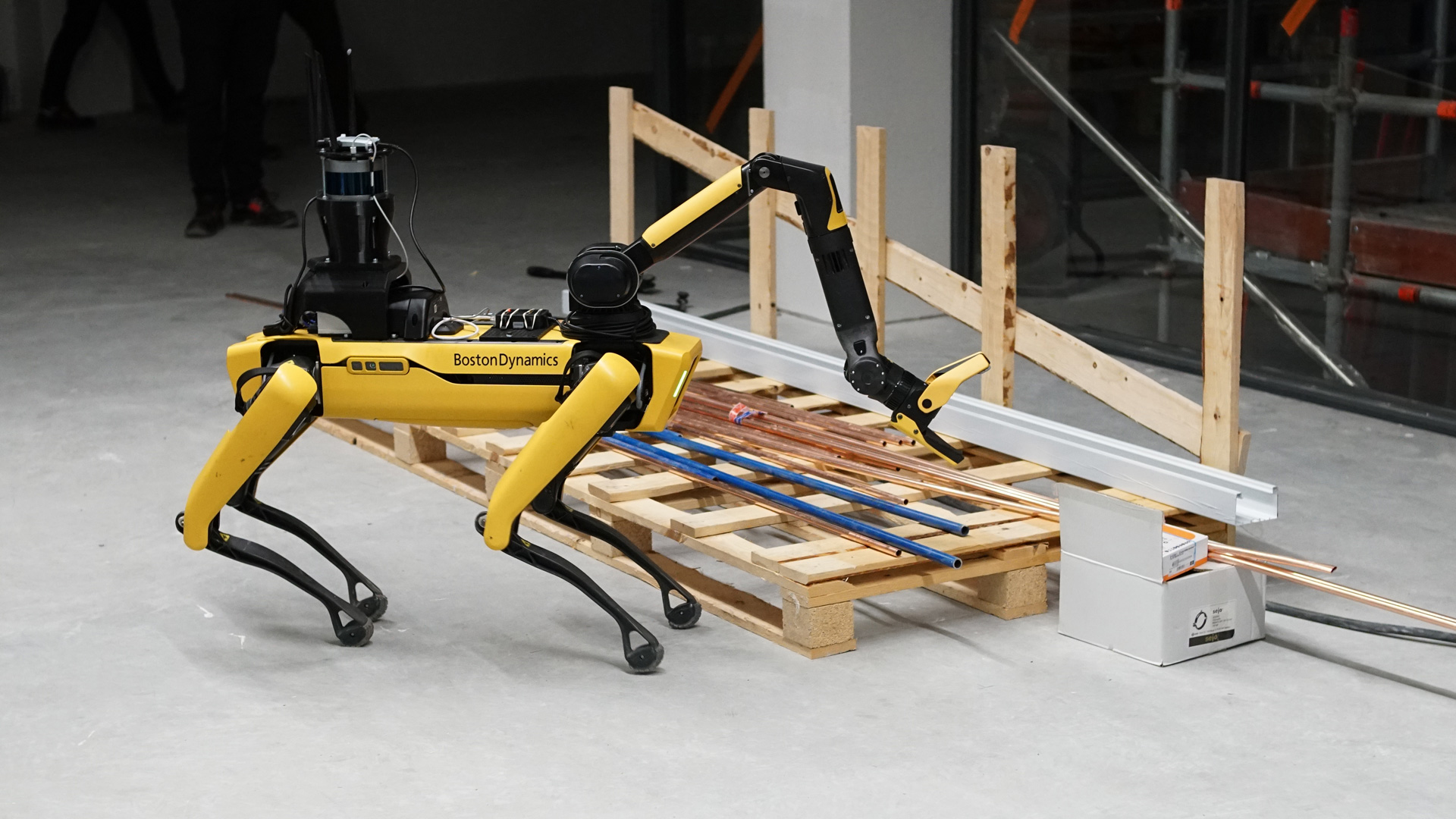Advances in Construction Robotics: Transforming the Building Industry
The construction industry has long been characterized by its reliance on manual labor and traditional building methods. However, in recent years, technological advancements in robotics have begun to revolutionize the way we build. From automated bricklaying to robotic excavation, construction robotics are paving the way for faster, safer, and more efficient construction processes. In this blog, we’ll explore some of the latest advances in construction robotics and their implications for the future of the building industry.
1. Automated Bricklaying:
One of the most exciting developments in construction robotics is the emergence of automated bricklaying systems. These robots use advanced computer vision and robotic arms to lay bricks with precision and speed, significantly reducing the time and labor required for traditional masonry work. By automating repetitive tasks such as brick placement and mortar application, these robots can increase productivity and reduce costs while ensuring consistent quality and accuracy in construction projects.
2. Robotic Excavation:
Excavation is another area where robotics are making significant strides. Robotic excavators equipped with sensors and cameras can navigate complex terrain and perform excavation tasks with greater precision and efficiency than human operators. These robots are capable of digging trenches, grading land, and even removing debris, all while minimizing the risk of accidents and injuries on the job site. By automating excavation processes, construction companies can streamline project timelines and improve overall safety and productivity.
3. 3D Printing:
3D printing technology has also made its way into the construction industry, offering a novel approach to building structures using additive manufacturing techniques. Large-scale 3D printers can fabricate entire buildings layer by layer, using materials such as concrete, plastic, or even recycled materials. This allows for the rapid construction of complex geometries and customized designs with minimal waste. 3D printing technology has the potential to revolutionize the construction industry by enabling faster, more cost-effective, and more sustainable building methods.
4. Drones and UAVs:
Unmanned aerial vehicles (UAVs), commonly known as drones, are increasingly being used in construction projects for surveying, mapping, and monitoring purposes. Equipped with high-resolution cameras and sensors, drones can capture detailed aerial images of construction sites, track progress, and identify potential issues before they escalate. By providing real-time data and insights, drones enable project managers to make informed decisions and optimize construction processes, ultimately leading to improved efficiency and cost savings.
5. Autonomous Vehicles and Equipment:
Autonomous vehicles and equipment are also playing a growing role in the construction industry, offering a safer and more efficient alternative to traditional manned vehicles. Self-driving trucks, bulldozers, and cranes equipped with sensors and artificial intelligence can navigate construction sites, transport materials, and perform tasks with minimal human intervention. By reducing the need for human operators and optimizing vehicle movements, autonomous vehicles can increase productivity, reduce accidents, and lower operating costs for construction companies.
Conclusion:
In conclusion, advances in construction robotics are transforming the building industry, enabling faster, safer, and more efficient construction processes. From automated bricklaying to robotic excavation, 3D printing, drones, and autonomous vehicles, robotics are revolutionizing every aspect of construction, from design and planning to execution and maintenance. As these technologies continue to evolve and become more widespread, they have the potential to reshape the way we build and unlock new possibilities for innovation and sustainability in the construction industry. By embracing construction robotics, companies can stay ahead of the curve, increase competitiveness, and deliver better outcomes for clients and communities alike.






